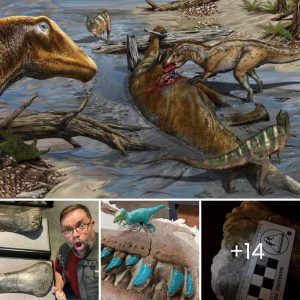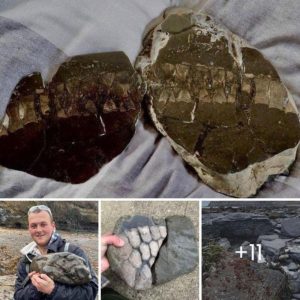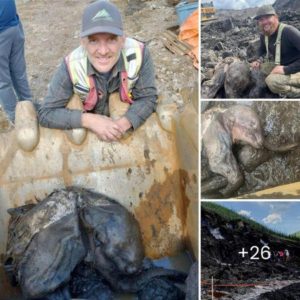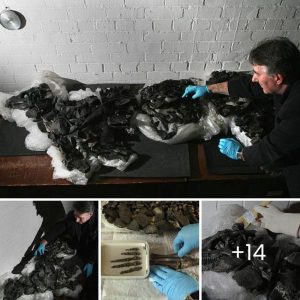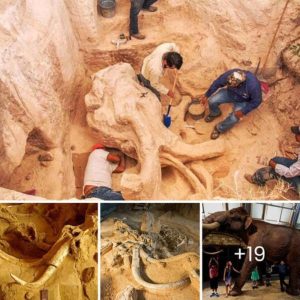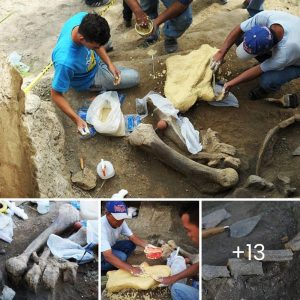In a thrilling discovery, Argentine scientists have unearthed a remarkable treasure trove of fossilized dinosaur eggs containing extraordinarily well-preserved embryos dating back approximately 70 million years. This astonishing revelation offers a rare and invaluable glimpse into the prehistoric era, shedding new light on the ancient creatures that once roamed our planet.

Discovering the Fossilized Dinosaur Eggs
Claudia Della Negra, the director responsible for the cultural heritage of Neuquén province, reported that these remarkable fossilized dinosaur eggs bear uncanny resemblances to other specimens found in a distinct region of the province. Today, archaeologists are actively engaged in comprehensive studies of these dinosaur embryos, examining the teeth and skin found within these prehistoric relics.
Preservation of Argentina’s Prehistoric Heritage
The provincial government of Neuquén has unveiled ambitious plans for the construction of a dedicated paleontological park, aimed at preserving and protecting the invaluable local archaeological heritage. This visionary initiative has received widespread support from esteemed organizations such as the National Geographic Institute, the National Scientific and Technical Research Council of Argentina, and the Spanish province of Zaragoza.

The creation of this paleontological park not only signifies Argentina’s unwavering commitment to safeguarding its rich historical legacy but also offers a profound opportunity for scientific research and unparalleled educational experiences.
Distinguishing Dinosaur Eggs from Crocodile Eggs
For centuries, dinosaur eggs have captivated scientists worldwide with their unique characteristics. These prehistoric treasures typically measure between 10 to 13 centimeters in length and 5 to 8 centimeters in width, setting them apart from ancient crocodile eggs, which are notably smaller, generally measuring less than 5 centimeters. Another distinguishing feature lies in the appearance of the eggshells.

Dinosaur eggs bear a distinctive, undulating pattern reminiscent of winding worms, while fossilized crocodile eggs usually feature smoother or hollow shells. These key differences help researchers accurately distinguish between these fascinating specimens.
The Uncommon Preservation Process
The dinosaur eggs discovered in the city of Presidente Prudente, situated in the state of São Paulo, were impeccably preserved within layers of soil that underwent gradual transformation into solid sandstone over millions of years. This natural process, which involved the gradual accumulation of sand layers, acted as a protective shield, preserving the eggs until paleontologists unearthed them just last year.

Baby Yingliang: An Extraordinary Discovery in China
Before the Argentine find, Chinese researchers made a remarkable discovery of their own. They uncovered an exceptionally well-preserved dinosaur embryo affectionately referred to as “Baby Yingliang.” This precious find was nestled within a fossilized egg encased in the rock layers of the Heikou Formation at the Shahe Industrial Park in Guangzhou city, Jiangxi Province.
What makes this specimen truly extraordinary is its exceptional state of preservation, ranking among the most intact dinosaur embryos ever discovered. Notably, Baby Yingliang exhibits striking similarities to bird embryos, more so than traditional dinosaur embryos.

